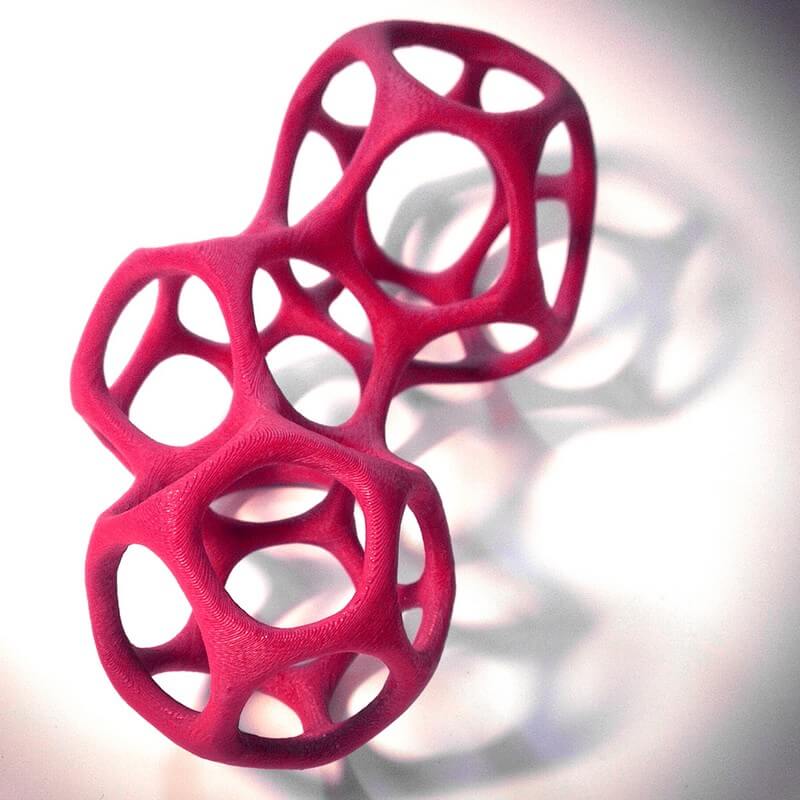Cell Aggregation

idz arhitectura are Ionuț Anton and Daniela Tănase. They are in the persuit of the use of computational means of design in architecture and how they can be made possible through digital fabrication.

The intention was to discover generation methods that evolve from the surface subdivision, towards volume strategies, in this case cellar aggregation. The design process followed different methods of expressing these aggregation structures, exploring the relationship between negative and positive. This resulted in two very different versions based on the same principle of association, one expressing the cells continuous surface, and another that starts from cell edges resulting in a more porous forms.

Also, the project explored the cell geometry, which tests principles of deforming regular polyhedra, which lose their symmetry character, but keep their geometric relations. By deforming stable geometric structures we are obtaining a familiar image, but altered. In this design process the focus is on topological deformation and on relations between elements.

The design project explores means of articulating the cells in order to obtain heterogeneous structures that expressed the generation rules. The resulted objects oscillates between random and ordered, between massiveness and fluidity. Characteristics related to materiality motivated the geometric transformations and are strongly influenced by the fabrication method.

The form finding process starts from the cell geometry, and has been an evolutionary process. Each cell is defined by the Voronoi diagram. That is a collection of points arranged in space, generating facets that negotiate their geometry as an average position of these points. Each side has one point that influences it. This algorithm has more complex results when combined with the principle of aggregation, and is applied to sets of cells which are tangent, or fill the space.






























Comments